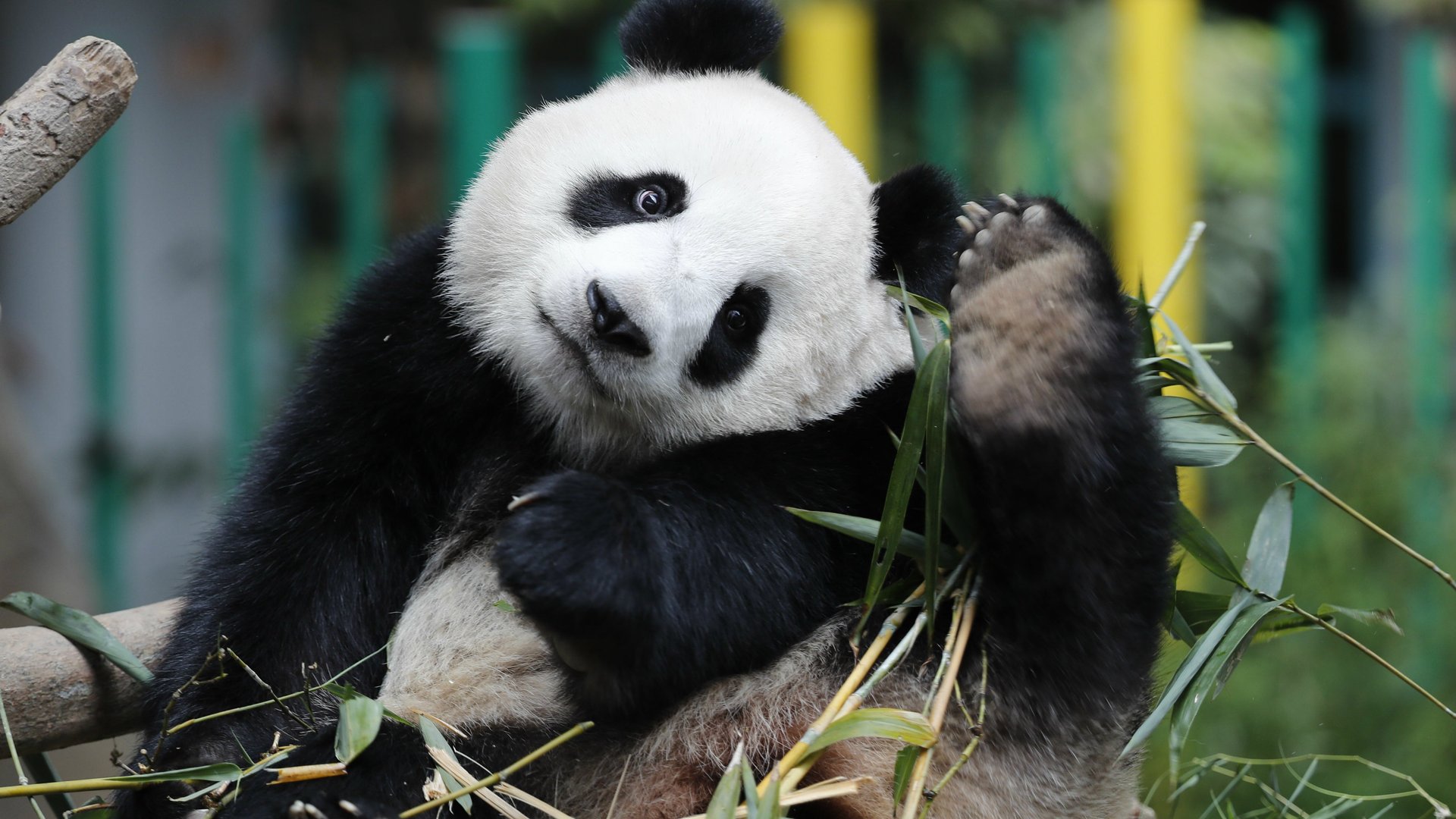Giant pandas in China are fleeing their habitats because of horses and cows
Pandas are being driven out of their habitats in southwest China, but not directly by humans.


Pandas are being driven out of their habitats in southwest China, but not directly by humans.
In an attempt to keep people from clearing away giant panda habitats through deforestation, the Chinese government more than a decade ago expanded what it considers “protected” areas. But that move inadvertently created a new threat to the bamboo-gnawing bears. The number of free-range livestock—like cattle and horses—stomping through the protected forests has increased nine-fold in the last 15 years. And because these animals have crushed and damaged so much bamboo, the panda habitat has shrunk by about 34%, according to a new study published Oct. 3 in the journal Biological Conservation.
“We recommend the nature reserve carefully implement a livestock ban and prioritize removing horses because they cause the greater harm,” the researchers wrote in their paper.
Pandas eat bamboo almost exclusively, so any damage to the plants could have a significant impact on the number pandas in the wild. They were considered endangered until last year, when they were downgraded to “vulnerable” on the global ranking of animal species facing extinction. Experts estimate the giant panda population at about 2,060 as recently as 2015, up from the 1,596 counted in a 2000-2004 census.
To complete their research, scientists from Duke and Peking universities focused their attention on the Wanglang Reserve in the mountains of China’s Sichuan province. Using more than 20 years of monitoring data, the researchers were able to create a model showing where habitat loss was taking place. GPS tracking devices were used to compare panda movement to the habitat data.
There doesn’t appear to be one single reason why livestock numbers have increased so much in the last 15 years, researchers noted. The reserve was affected by an earthquake in 2008 that halted much of the tourism that fueled the local economy, perhaps, the study posits, leading some turn to livestock. Another possibility given was a general increase in demand for meat products in the area.
The International Union for Conservation of Nature has indicated that pandas face a problem much larger than livestock: the looming threat of climate change. As much as 35% of panda habitats could be wiped out by global climate shifts during the next 80 years.